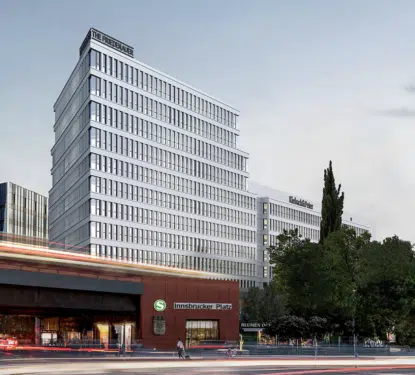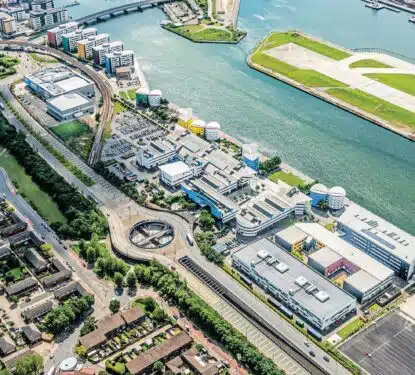Some of the most symbolic images of the past year have been of empty city centers. Deserted images Times Square, Covent Garden, Champs-Élysées, and Shibuya commercial district would have been impossible to capture before the lockdowns and stay-at-home orders that COVID-19 brought about. Our cities have felt the greatest impact of the pandemic and this has forced city managers to reflect on how it could have been different in order to consider what should change in the future. Now a new post-COVID urban agenda is emerging to safeguard and futureproof our cities against all kinds of threats, and at the center of this debate is our maturing smart technology landscape. Smart cities were a growing trend for the last decade or more, long before the pandemic emptied our busiest streets and squares. Sensor and surveillance infrastructure was already emerging in our most progressive cities where radiply evolving digital twins represented the push towards urban digitization. […]
Most Popular Articles

Kieback&Peter’s 2025 Minority Investment from Trane Strengthens their European Position
This Research Note examines the recent announcement by Trane Technologies to acquire a minority stake in Kieback&Peter. We highlight the transaction details, the target firm profile, and financials before assessing the strategic rationale of the acquisition. Transaction Details On 22nd October 2025, Trane Technologies announced a definitive agreement with Kieback&Peter Group (K&P), a European leader in […]

Salto Systems Accelerates Beyond Access Control: 4 Strategic Investments
In this Research Note, we examine the Salto Systems business, based on their 2024 revenues and milestones, product innovation and strategic minority investments in 2024 and 2025. Founded in 2001 and headquartered in Oiartzun, Spain, Salto Systems is one of the market leaders in electronic locking and access control solutions across a broad range of […]

Siemens Advances Net-Zero Strategy: 3 UK Universities Deploy Smart Building Tech
In this Research Note, we examine Siemens solutions portfolio for smart campuses and highlight three major deployments of decarbonization technologies at UK university campuses in London, Birmingham, and Kent. Siemens Buildings business in the UK has implemented a range of solutions including energy audits, lighting replacement, building management system upgrades, solar energy & heat pump […]
